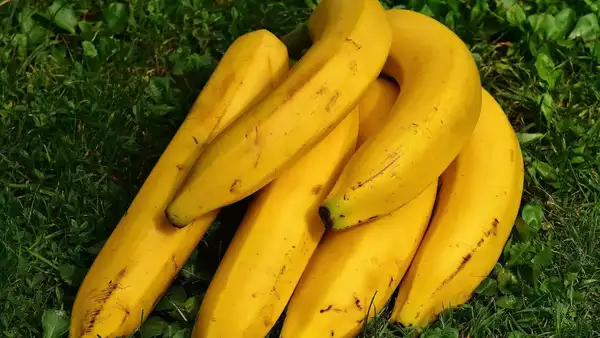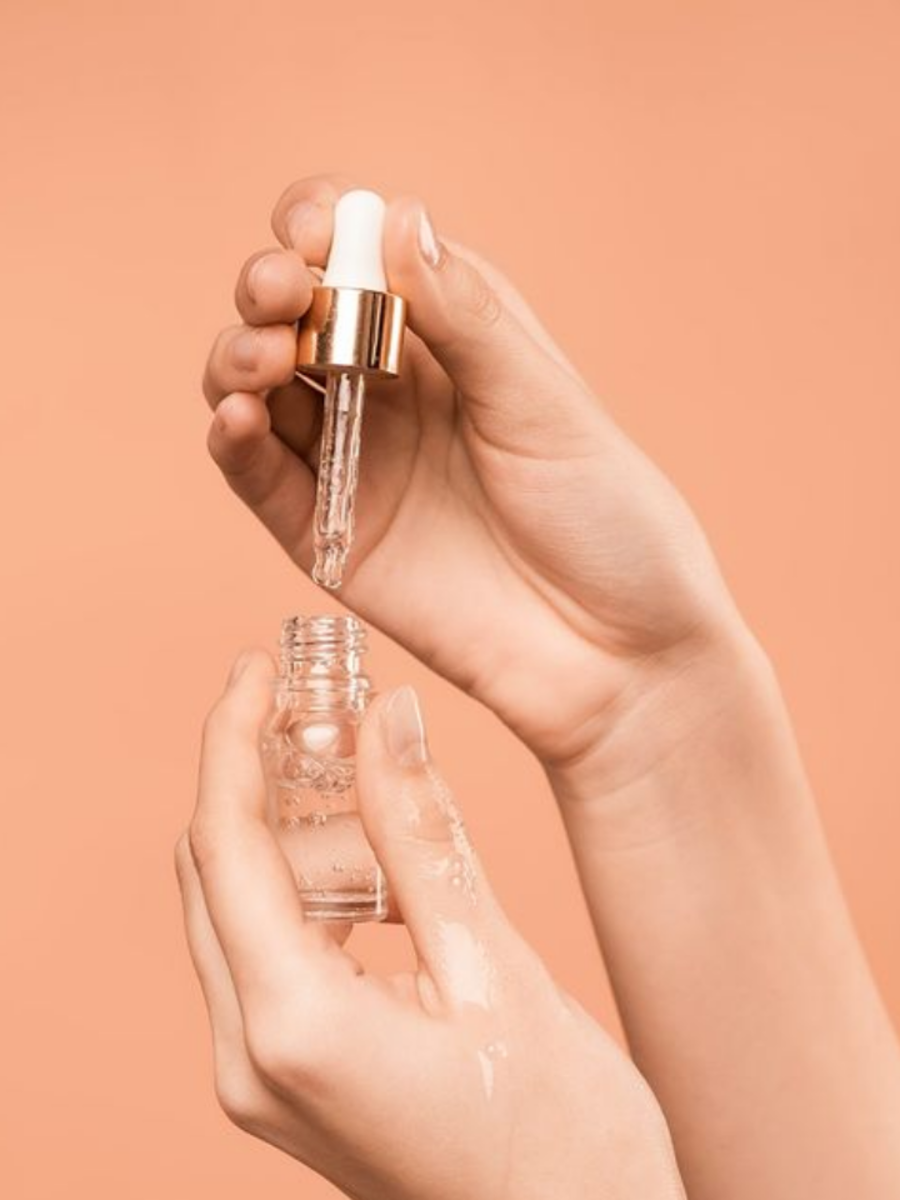Bananas are connected with various health benefits. But did you know this surprising fact? Bananas are radioactive! But are they reactive? Everything in the world consists of elements, which are made up of atoms. Some atoms are unstable and can decay, breaking apart over time. This process releases what we refer to as “radiation,” which can take various forms and carry energy that can affect surrounding molecules. Banana’s radioactivity is due to an isotope of potassium called potassium-40, or K-40 for short. Let’s look at five interesting facts about the radioactivity of bananas and what it means for our health.

Bananas contain the element Potassium-40
Bananas consist of large amounts of potassium, a very important mineral for conducting various bodily functions. About 0.012% of potassium is the radioactive isotope potassium-40, or K-40. It is a naturally occurring isotope that accounts for a very small portion of banana radioactivity. A banana contains about 450 mg of potassium, and when eaten exposes the consumer to about 0.01 mrem due to its K-40 content. The radiation is very low and not health-threatening.
The banana equivalent dose
The ‘banana equivalent dose’ or BED is an informal unit of measurement proposed by scientists to make people better understand their exposure to radiation. This was calculated by comparing the amount of radiation exposure one gets from eating a banana with others. Eating one banana has already exposed you to about 0.01 millirem or mrem radiation, very small as compared to what you receive from other usual activities like flying in an airplane or getting a dental X-ray. In fact, the radiation from one banana is about 10% of the daily background radiation we take in from our surroundings.
You are more radioactive than a banana
Curiously, we are much more radioactive than bananas simply by our own potassium supplies. As per BBC Science Focus a normal adult contains about 140 grams of potassium; a small fraction of that is the isotope potassium-40-about 16 milligrams of it. That puts us, on average, about 280 times more radioactive than a single banana! When you eat a banana, your body briefly increases its content of potassium-40 by 0.4 percent-but your body rapidly equalizes and clears excess potassium, so this boost is transitory.
Radioactivity in other foods
Many food items other than bananas contain potassium-40 and other naturally occurring radioactive isotopes. Foods like potatoes, spinach, and Brazil nuts are equally radioactive due to their high potassium concentration. However, the Brazil nut stands out for holding even higher concentrations of radium in bananas. Yet, this does not make any of them unsafe to eat; they contribute merely negligible quantities of radiation exposure.
How many bananas are dangerous?
You would have to eat around 400 bananas per day to consume enough to bring your potassium level in potentially hazardous range. An average adult should consume approximately 3,500 mg per day. Therefore, eating 400 bananas would provide 168,800 mg of potassium, far exceeding safe levels. Such high consumption is nearly impossible for any healthy individual. Hence, bananas can be considered safe and nutritious
Although bananas contain radioactive elements-having potassium in them, the level is so small that it is not hazardous to human health. The whole idea of radioactivity sometimes creates misconceptions and fear; however, knowing the science will help us enjoy bananas not only as a healthy food but also as an interesting example of natural phenomena playing a role in our food supply. So, go ahead and enjoy your bananas they aren’t just good for you but also a very interesting food from nature.
Boost Your Health with More Whole Grains in Your Diet






